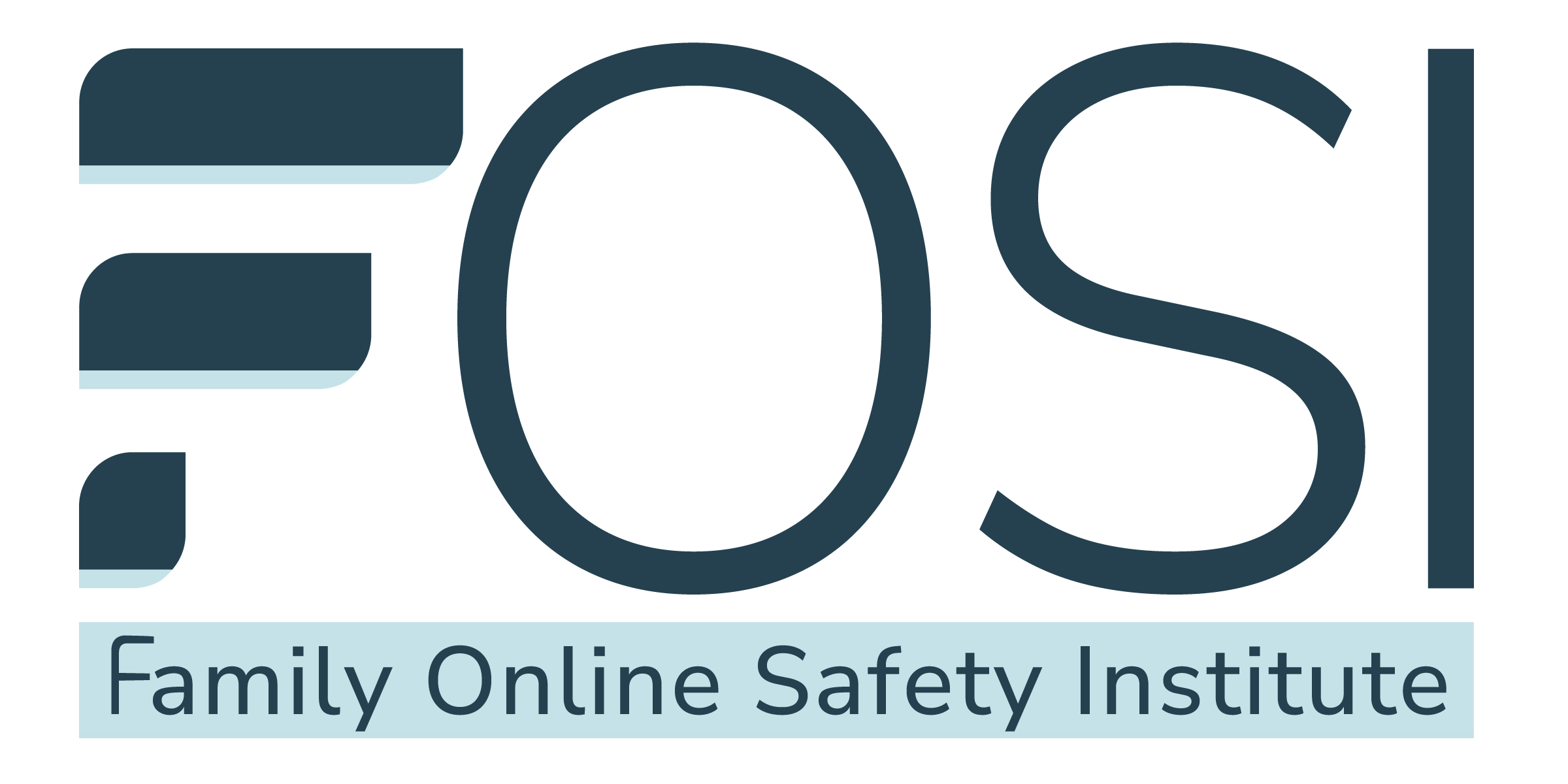
Menu
Menu
What is Good Digital Parenting?
Need help talking with your kids about online safety?
View our Good Digital Parenting resources
Learn more about our work in Policy and Research
FOSI continually expands our efforts to educate and inform governments, regulators, industry and media around the world on a balanced approach to online safety.
View our Policy and Research materials












.svg)

